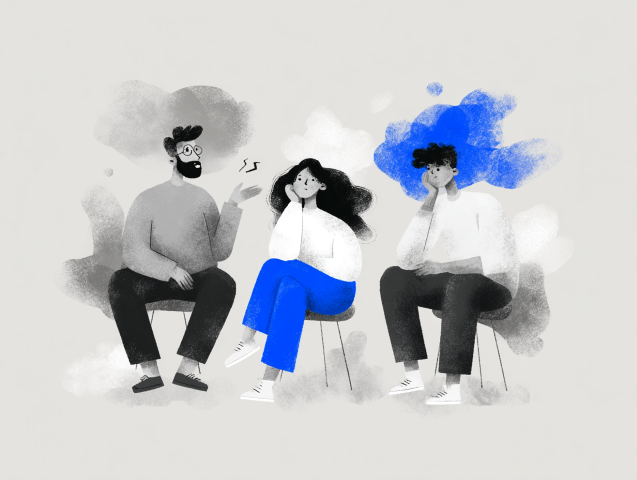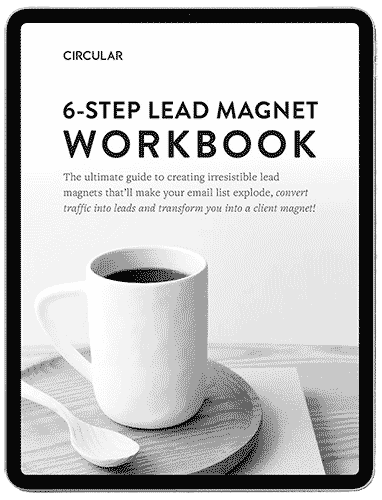PTSD Therapy Murray UT
Does it ever feel like you’re living in two worlds at once? One foot is here, in your life in Murray, trying to manage work deadlines or get the kids to soccer practice. The other foot is stuck in the past, yanked back by a memory or a feeling you just cant shake. You feel like a passenger in your own life, with anxiety or a past event holding the steering wheel. I’ve seen this struggle in so many hardworking people.
But what if you could take the wheel back? It is not about erasing the past, its about keeping it from driving your present. I want to share three brave, practical steps you can start with. We’ll talk about what PTSD really feels like, some simple ways to ground yourself when you feel that panic rising, and how the right kind of therapy can help you rebuild a sense of safety.
First, Acknowledge What’s Happening: The Real Signs of PTSD
Post-traumatic stress is so much more than just “feeling stressed.” It’s a whole-body experience that can sneak into the quiet moments of your life. It might not always be a dramatic flashback like in the movies. Sometimes, its much quieter. According to researchers at the National Institute of Mental Health (NIMH), these experiences are common (1), and they often fall into a few groups. One is reliving the moment, which isn’t just a memory, it can be your heart pounding during a work presentation for no clear reason. You might also find yourself avoiding things. Maybe you change your driving route through Murray to skip a certain intersection or you turn down invitations with friends because it feels easier than pretending you’re okay. This can make you feel really isolated. There are also the negative thoughts and moods, the feeling that the world is a dangerous place or that you cant trust anyone. And of course, there’s the feeling of being constantly on edge, jumpy and irritable, which makes getting a good night’s sleep feel impossible.

Your First Brave Step: Master a Grounding Technique
When you feel your anxiety spike or your mind getting pulled back into a traumatic memory, your body believes the danger is happening right now. The single most powerful thing you can do in that moment is to pull your attention back to the present. This is called grounding. It’s a way of telling your nervous system, “I am safe right now.” Many mindfulness practices, as detailed by sources like Psychology Today, emphasize this mind-body connection (2). It’s a skill, and like any skill, it gets stronger with practice.
Here is a simple but profound method you can try the next time you feel overwhelmed. Just remember to Look, Listen, and Touch.
- Look: Name three things you see around you. Not just “desk,” but “my black computer monitor, the green plant on the windowsill, the photo of my family.”
- Listen: Now, name three sounds you can hear. The hum of the refrigerator, a bird chirping outside, the sound of your own breathing.
- Touch: Finally, touch three objects near you and notice how they feel. The smooth, cool surface of your coffee mug, the soft fabric of your sweater, the solid weight of your phone in your hand.
This isn’t a magic cure, but it is a tool. A powerful one. It’s a way to reclaim the present moment.
The Second Brave Step: Understand Your Therapy Options
Thinking about therapy can be overwhelming. There are so many acronyms and types, CBT, EMDR, psychotherapy. What do they even mean? Let’s break it down simply. The most important thing is finding a trauma-informed therapist. This just means your therapist understands the deep impact of trauma and knows how to create a space that feels genuinely safe. The Mayo Clinic outlines several proven psychotherapies for PTSD (3) that a trauma-informed therapist might use. For example, Cognitive Behavioral Therapy (CBT) is a practical approach where we work together to identify and challenge the unhelpful thought patterns that trauma often leaves behind. Another incredibly effective method is Eye Movement Desensitization and Reprocessing, or EMDR. It’s a structured therapy that helps your brain process traumatic memories so they no longer have the same emotional charge. The best part is you dont have to talk in detail about the trauma over and over for it to work. Finding a therapist here in Murray who is skilled in these approaches is a key step toward healing.
The Third Brave Step: Reach Out for a Conversation
I know. This is the hardest step. Especially here in Utah, where we value being self-reliant and handling things on our own. You might worry about the stigma, or feel like you’re just too busy between your job and your family to add one more thing to your plate. But reaching out isn’t a sign of weakness. It’s an act of courage. It’s you deciding that you deserve to feel better. For those who want to help a loved one, The NIMH offers guidance on how to help someone with PTSD (4). You dont have to have everything figured out before you make a call. You just need to be willing to start the conversation. It’s a confidential, no-pressure first step to see if we’re a good fit.
Contact us today to schedule a consultation
Frequently Asked Questions
What kind of therapist should I see for post-traumatic stress?
You should look for a licensed mental health professional, like a psychotherapist or psychologist, who has specific training and experience in trauma-informed care. Look for certifications or mentioned experience in therapies like EMDR, CBT, or Trauma-Focused Cognitive Behavioral Therapy.
Are there simple techniques I can use to manage PTSD symptoms daily?
Yes. Grounding techniques, like the “Look, Listen, Touch” method described above, are very effective for managing anxiety in the moment. Practicing mindfulness, deep-breathing exercises, and maintaining a regular sleep schedule can also make a significant difference.
What are the most common ways PTSD shows up in daily life?
PTSD often appears as being easily startled, feeling constantly “on alert,” having difficulty concentrating, experiencing irritability or outbursts of anger, and having persistent negative feelings about yourself or the world. It can also lead to avoiding people or places that remind you of the trauma.
My friend or family member has PTSD. What’s the best way to support them?
The best way to help is to offer patient, non-judgmental support. Educate yourself about PTSD to better understand what they are going through. Encourage them to seek professional help without pressure, and offer to assist with practical things, like finding a therapist or going with them to an appointment. Most importantly, listen when they want to talk and respect when they don’t.

